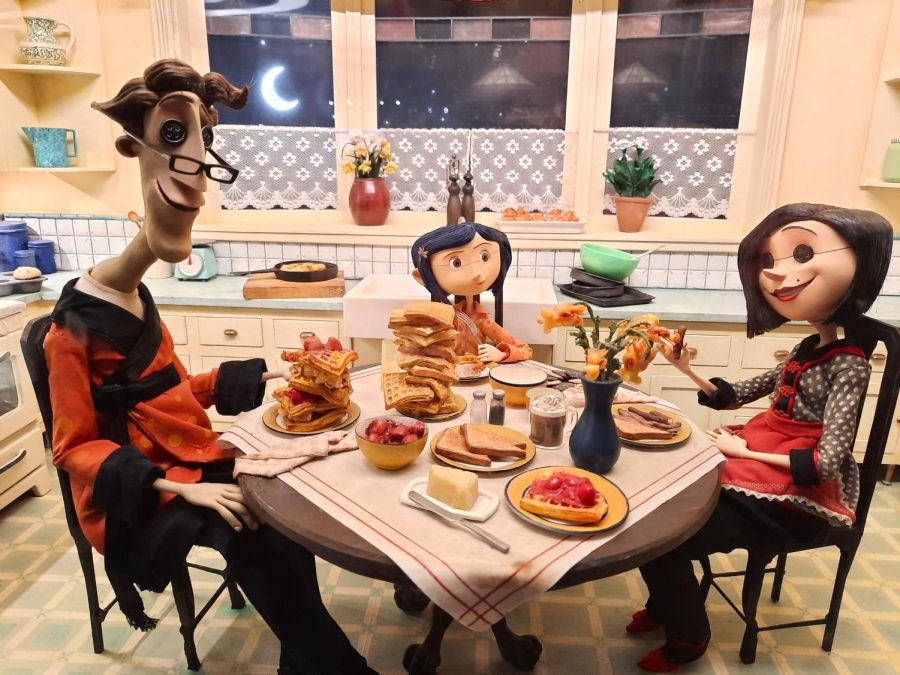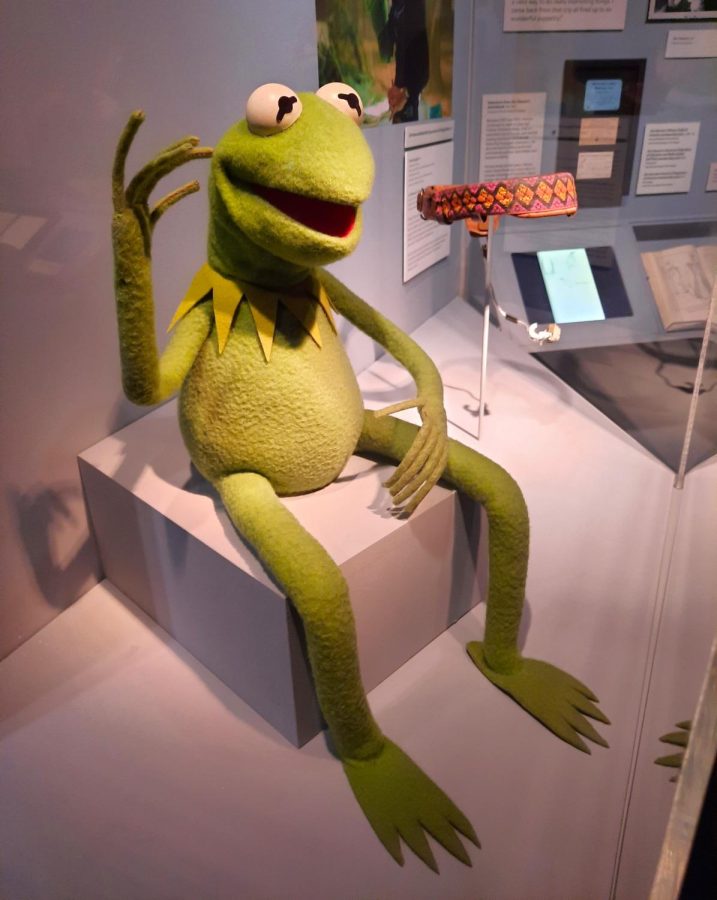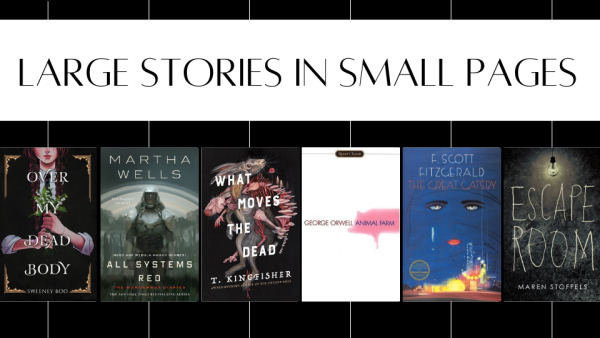The Museum of the Moving Image Recognizes the Best of Historical Cinematic Artistry
The Museum of the Moving Image allows movie lovers to appreciate the history of film while feeling like a director.
Photo by Sarah Terletsky
This display is a recreation of one of the scenes from the movie Coraline, where Coraline sits with her Other Mother and Other Father as they eat the breakfast of her dreams together. The attention to detail with everything from the food to the utensils in the background of the kitchen is astounding.
Have you ever wanted to see the props from your favorite shows and movies up close? Are you curious about the history behind movies and the film making process? The Museum of Moving Images has exhibits that allow you to explore the history of everything from the earliest cameras and television sets to stop-motion animation, puppetry, special effects, the production of films, and much more. They also offer movie showings in their small theaters on the first floor. The film options are quite limited, but the rest of the museum is packed with a variety of displays and interactive stations that will keep you engaged for hours.
One of their major exhibits currently on display is the Jim Henson exhibit, which includes both his popular and lesser-known projects. The displays include several characters from Sesame Street, the Muppets, The Dark Crystal, and a few of his other works. Plus, each case is carefully placed and well-lit so that visitors can get as close as possible to his hand-made puppets to absorb each detail of their construction, while still protecting them behind glass.
Additionally, throughout the exhibit there are various sketches, plans, and drafted scripts that show Henson’s raw thought processes that led to his famous shows and movies. To make his exhibit even more interesting, there are several interactive stations sprinkled throughout the room that allow you to watch episodes of some of his earliest puppet shows, build your own puppet, and film your own short film with Jim Henson style puppets.
On the same floor, there were also sections that included miscellaneous pieces and exhibits, including the history behind the movie theater, video games, memorabilia from shows and movies, and cosmetic special effects. Like the Jim Henson section, there are several interactive features such as working arcade machines and a mini theater.
Moving to the final floor, visitors are greeted by Val del Omar’s film series, the Elementary Triptych of Spain. The series consists of three “audiovisual poems of the senses,” that use experimental techniques and rich symbolism to create an unusual, immersive experience for his audience. Each film is played in their own separate, small rooms behind red curtains using a technique known as panoramic overflow, in which “film is projected beyond the borders of the screen, allowing it to spill onto the walls, ceiling, and the spectators themselves.” Since this variety of film is very artistic and experimental, it may not be appealing to every visitor. However, I personally found it to be mesmerizing, intriguing, and it is possibly my favorite part of the museum.
Immediately following Val del Omar’s exhibit was the stop-motion display, which included both historical and modern versions of animation. While other sections of the museum included interactive elements, this exhibit allowed visitors to explore stop-motion animation for themselves on a deeper level. In the historical focused section, there were various antique mechanisms and toys that displayed the earliest versions of stop-motion animation that visitors could freely play with. In addition, visitors could create their own films using stop-motion animation software on tablets and paper figurines placed at a large interactive station. Surrounding this station were various displays of figurines from famous Laika Studios films such as The Missing Link, ParaNorman, Kubo, The Box Trolls, and my personal favorite: Coraline.
The rest of the final floor featured interactive stations that explained various steps of film making and antique entertainment equipment. For example, guests can add their own sound effects to mini films and get a behind the scenes look at sports casting. Their historical displays included the earliest versions of film cameras and television sets, as well as various other versions of equipment throughout the decades.
I highly recommend the Museum of the Moving Image because it is genuinely one of the most fascinating and entertaining museums I have visited. It offers exhibits and activities for all ages that allow guests to completely immerse themselves in the fun, creative process of film making while learning about its rich, complicated history. Their exhibits recognize all the grand and small details of televised entertainment so that people can appreciate the origins of movies that have become such a common part of our lives.







